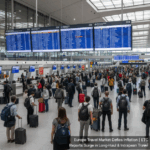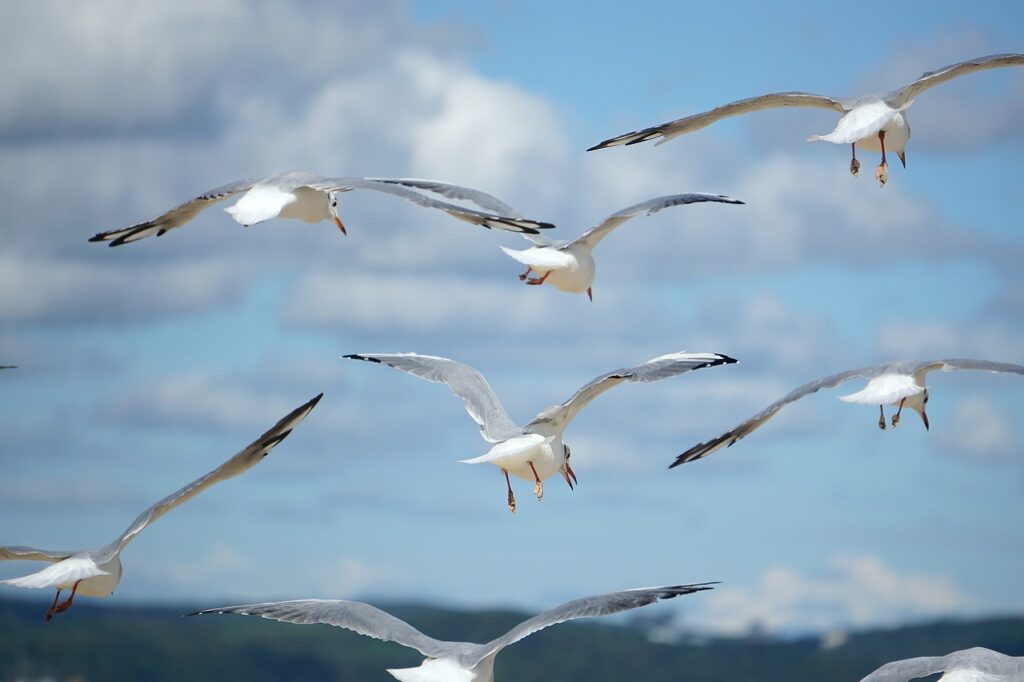Venice, renowned for its canals and cultural heritage, faced an unusual disruption last week as a massive congregation of seagulls brought operations to a standstill at the city’s Marco Polo Airport.
Known for their audacious food-snatching antics in the city, these winged troublemakers caused chaos on the runway, forcing a temporary halt to all flights between 9.54 a.m. and 10.45 a.m. Twenty inbound flights had to be diverted to other airports in northern Italy, including Treviso, Verona, Trieste, and Milan.
Venice’s airport, Italy’s fifth-busiest, is situated by the lagoon just north of the historic city. The avian invaders, numbering around 200, disrupted normal operations until the airport’s management company, SAVE, implemented anti-gull protocols. A resident falcon was released to disperse the seagulls, accompanied by “fauna-friendly acoustic deterrents.”
A spokesperson for the airport explained, “Bird strikes” pose a significant safety concern, with the potential to cause engine failure and plane crashes. The incident echoes the importance of bird control measures at airports globally.
Faced with the inconvenience of diverted flights, passengers had varying travel times to reach their destinations. While a shuttle from Treviso to Venice takes only 30 minutes, those diverted to Verona faced an over an hour’s drive. Travel to Trieste or Milan required a journey of at least two or three hours by road.
Venice’s airport is not the only one employing a resident falcon for bird control; Treviso, located inland, also follows suit. The incident underscores the critical role of such measures in ensuring aviation safety, preventing potential bird strikes that could lead to catastrophic events, as seen in the well-known “miracle on the Hudson” incident in 2009.













More Stories
Four Seasons Rio de Janeiro at Leblon $600M Revamp of Iconic Marina Palace to Supercharge Brazil Tourism by 2029
Vertical Aerospace Unveils Valo eVTOL Airlines & Luxury Resorts Eye Electric Air Taxis as Future Travel
IndiGo Chaos: 500+ Cancellations, Fares Skyrocket to ₹70,000 Amid Crew Shortage & Tech Glitches